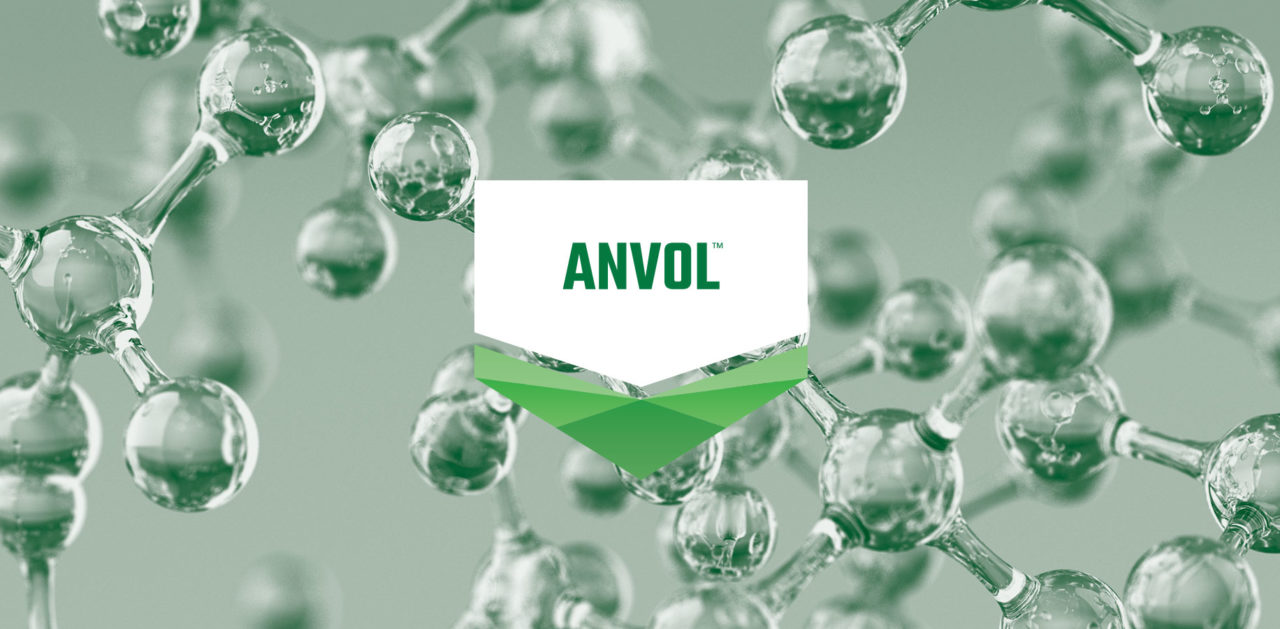5 Quick Tips for Proper Dicamba Application Stewardship
Editor’s note: All recommendations in the following article are sourced directly from Purdue University’s 2019 Dicamba FAQ publication.
This subject needs no fancy lead or introduction in order to get the point across: if applicators and growers don’t properly steward dicamba applications this spring and early-summer, there’s a good chance regulators will pull the dicamba rug out from under farmers and ag retailers in 2020.
Or, as Illinois Fertilizer & Chemical Association’s President Jean Payne so eloquently stated in Jackie Pucci’s recent Q&A on dicamba usage in the Lincoln State heading into 2019, the herbicide molecule that got its start as Banvel back in the 1960s finds itself at a bit of a crossroads currently.
“The expectations of the public in Illinois are such that if they feel like we can’t keep this product on target, I have no doubt that they would have no problem taking it away from us completely,” Payne told Pucci last week, ripe off a 2018 that saw her state lead the nation in reported dicamba damage complaints. “That is my number-one concern: We get down the road, and we have all of this investment in seed technology, dicamba-tolerant traits, and wonderful seed genetics, and we have no legal product in which to take full advantage of the technology, because we were unable to steward it properly.”
So, in the same vein as our industry’s collective interest in having dicamba applications go as successfully as possible in 2019, here’s a brief list of stewardship tips culled from Purdue University’s 2019 Dicamba FAQ:
- Retailers should remember that basically anyone that touches a dicamba product must be certified in its handling, etc. Or, as Purdue puts it: “anyone who is responsible for any part of the use and application process, which includes mixing, loading, application, or cleaning dicamba application equipment, must become a certified and licensed private applicator or a commercial applicator (Category 1). Workers are not required to be certified and licensed if they are involved in nothing more than transportation of unopened dicamba containers, transportation of ‘hot loads’ that were mixed by a certified and licensed applicator, or unloading of a pre-mixed ‘hot load’ directly from the transportation vehicle into a spray rig.”
- For 2019 dicamba products can be applied pre-plant, at-planting, pre-emergence, and post emergence (in-crop) in dicamba tolerant soybeans. However, according to Purdue, “for post-emergence use, the 2019 labels prohibit application later than 45 days after planting or the R1 growth stage, whichever comes first for the target soybean crop. Additionally, no applications are permitted at night or during the period two hours before sunset through one hour after sunrise.”
- There are several significant changes on the 2019 to buffer requirements. “First, mowed and/or managed areas adjacent to the field, such as roadside rights-of-way, may now be included as part of the buffer calculation,” according to Purdue. “Second, in 2019, it is specifically the applicator’s responsibility to confirm that the neighboring/adjacent crops are in fact dicamba tolerant before considering them as non-sensitive crops. Lastly, a 57 foot omnidirectional (all sides) buffer must be maintained in counties where dicamba-sensitive endangered species are present (in Indiana currently Harrison and Posey Counties).”
- Just like last year, you must continuously monitor the target field/area for temperature inversion conditions during application. “Just like other weather measurements, there is no one official method to determine if temperature inversion conditions exist in a field,” Purdue cautions. “However, temperature inversion indicators can include nights with limited cloud cover and light-to-no wind, ground fog, smoke not rising, dust hanging over a road, or the presence of dew or frost. Just like other weather data documentation, a time, date, and GPS-stamped photograph taken in the field from your smartphone can serve to supplement and support your determination that an inversion did not exist.”
- Just because a mobile weather app says there is no threat of temperature inversion does not mean one can’t rapidly localize in your field! “It is important that you understand that these apps rely on weather data collected at weather stations that may or may not be close to your target application field,” Purdue advises. “Most of these apps use computer software to estimate the weather conditions at your location. Therefore, there will be some margin of error or inaccuracy. While not perfect, these weather-predicting apps are usually better than an applicator’s guess or estimate made without measuring equipment used at boom height in the target field at the times of application.”






